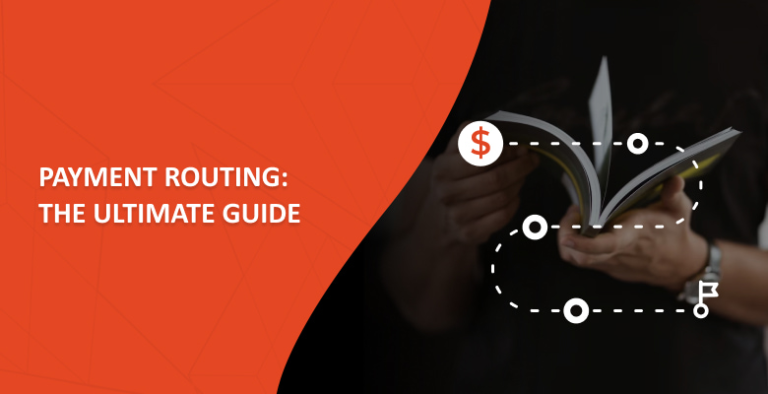
What is PF in Salary?
Provident Fund (PF) is a key element in the salary structure of employees in many countries, particularly in India. It is essentially a savings scheme for employees after retirement or when they are no longer in active employment. The Provident Fund not only helps employees build a secure financial future but also promotes a culture of savings among workers. In this article, we will explore everything related to PF, including its calculation, benefits, and how it impacts the overall salary structure.
Table of Contents
What is Provident Fund (PF)?
The Provident Fund is a retirement savings scheme mandated by the government in which both the employee and employer contribute a percentage of the employee’s salary on a monthly basis. This fund is maintained by the Employees’ Provident Fund Organization (EPFO). Over time, this contribution accumulates with interest, providing the employee with a substantial amount at the time of retirement or upon leaving the job.
The contributions made to the PF can be used under specific circumstances such as:
- Retirement
- Purchase of property
- Medical emergencies
- Educational expenses
The Provident Fund has two primary components:
- Employee’s Contribution – A percentage of the employee’s salary is deducted every month as a contribution to the PF.
- Employer’s Contribution – The employer also contributes an equal amount towards the employee’s PF account.
How is PF Calculated in Salary?
The calculation of PF is done on the basic salary plus dearness allowance (DA). The employee typically contributes 12% of their basic salary, and the employer also matches this contribution with 12%.
Here’s how the PF contribution is structured:
- Employee Contribution: 12% of Basic Salary + DA
- Employer Contribution: 12% of Basic Salary + DA, but it is divided into:
- 8.33% to Employees’ Pension Scheme (EPS)
- 3.67% to EPF (Employees’ Provident Fund)
Example of PF Calculation
Let’s consider an employee whose basic salary + DA is ₹30,000.
- Employee’s Contribution:
12% of ₹30,000 = ₹3,600 - Employer’s Contribution:
12% of ₹30,000 = ₹3,600- 8.33% to EPS = ₹2,499
- 3.67% to EPF = ₹1,101
Total Monthly Contribution (Employee + Employer) = ₹3,600 + ₹3,600 = ₹7,200
Over a year, this amount accumulates to ₹86,400, excluding interest.
Importance of PF in Salary Structure
PF plays a vital role in an employee’s financial planning. It serves multiple purposes throughout an employee’s career and afterward:
- Retirement Security: The amount accumulated over the years helps employees after retirement, providing financial stability.
- Tax Benefits: Both the contributions made by the employee and the interest earned are exempt from tax under Section 80C of the Income Tax Act.
- Savings Habit: It helps inculcate a savings discipline as a portion of the salary is automatically directed towards savings each month.
- Emergency Funds: Employees can withdraw from their PF account in times of need such as medical emergencies, education, or buying a home.
Eligibility Criteria for PF
PF contributions are generally mandatory for all employees drawing a basic salary of up to ₹15,000 per month in India. However, companies often extend this benefit to employees with higher salaries as well. The key points regarding eligibility are:
- Employees earning more than ₹15,000 per month can opt for PF voluntarily.
- Companies with more than 20 employees are legally required to register with the EPFO and provide the PF scheme to their employees.
- Employees working in both the public and private sector are eligible to be part of the EPF scheme.
How to Check Your PF Balance
The Employees’ Provident Fund Organization (EPFO) offers multiple ways for employees to check their PF balance:
1. EPFO Portal
- Visit the EPFO member portal.
- Log in using your UAN (Universal Account Number).
- Click on the ‘Passbook’ option to view your current balance.
2. UMANG App
- Download the UMANG app.
- Log in using your UAN and registered mobile number.
- You can check your balance under the EPFO section.
3. SMS Service
- Send an SMS to 7738299899 in the format: EPFOHO UAN ENG (the last three letters represent the language).
4. Missed Call Service
- Give a missed call to 011-22901406 from your registered mobile number.
Types of Provident Funds
There are mainly three types of Provident Funds:
1. Employees’ Provident Fund (EPF)
This is the most common type of PF where both employees and employers contribute equally. It is mandatory for employees in the organized sector and is managed by the EPFO.
2. Public Provident Fund (PPF)
PPF is a government-backed savings scheme available to all Indian citizens, including salaried and self-employed individuals. The contribution made is not linked to employment and can be opened by anyone.
- The interest rate is determined by the government and is subject to change quarterly.
- The contribution amount has a minimum limit of ₹500 and a maximum limit of ₹1.5 lakh annually.
3. Exempted Provident Fund
Some companies have their own PF trust and manage the PF of employees themselves rather than depositing it with the EPFO. This type of fund is called an Exempted Provident Fund.
Withdrawal from PF
Provident Fund is generally seen as a retirement benefit, but employees can withdraw from it under specific conditions. Here are some circumstances where partial or complete withdrawal is allowed:
1. Retirement
- Employees can withdraw the entire accumulated amount once they reach 58 years of age or upon retirement.
2. Unemployment
- If an employee remains unemployed for more than 2 months, they can withdraw 75% of the PF balance.
3. Medical Emergencies
- In case of medical emergencies, employees are allowed to withdraw funds for treatment. No limit is set on the amount, but relevant documents are required.
4. Education
- Withdrawal is allowed for the education of self or children, provided the employee has completed at least 7 years of service.
5. Marriage
- Employees can withdraw up to 50% of their PF balance for their own marriage or the marriage of a sibling/child, provided they have served for 7 years.
6. Buying a House
- Employees can withdraw PF to purchase a house or for the construction of property, provided they have completed 5 years of service.
Advantages of PF
1. Tax Benefits
Contributions to the PF are eligible for tax deductions under Section 80C of the Income Tax Act, making it a tax-efficient way to save for retirement.
2. Long-Term Savings
The PF ensures that employees have long-term savings, which provides them with financial security after retirement.
3. Compound Interest
The amount accumulated in a PF account grows with interest. The government determines the interest rate, and the compounding of interest further boosts the total savings.
4. Employer’s Contribution
An important feature of PF is that the employer also contributes an equal amount towards the fund, effectively doubling the savings rate for employees.
5. Early Withdrawals
Employees can make early withdrawals from their PF for significant expenses such as medical emergencies, education, or purchasing a house.
Conclusion
Provident Fund (PF) is an integral component of an employee’s salary structure that not only ensures retirement security but also provides several financial benefits throughout one’s career. The consistent contributions made by both employee and employer help to build a significant financial cushion over time, which is highly beneficial after retirement. Additionally, the tax benefits, emergency withdrawals, and government-backed security make it a vital part of every salaried employee’s financial planning.
Understanding how PF works, its benefits, and the calculation process is crucial for every employee. It not only helps in securing a better post-retirement life but also provides financial support during major life events. If you’re a salaried employee, ensuring that you make the most of your PF contributions can significantly improve your financial well-being in the long run.
Also read – Fashion Designer Salary: Comparing Pay Across Different Countries



